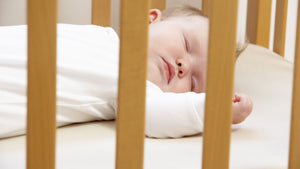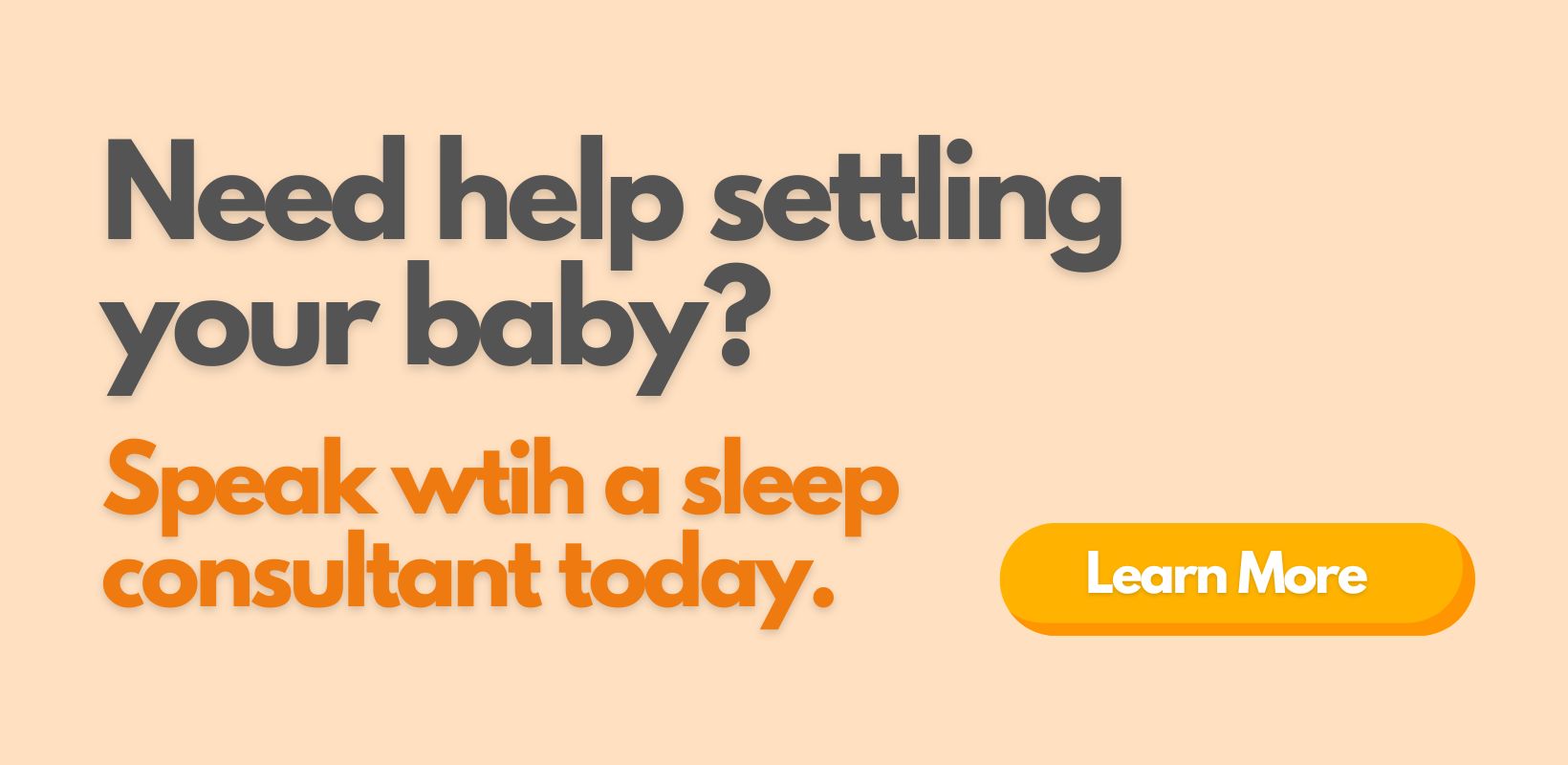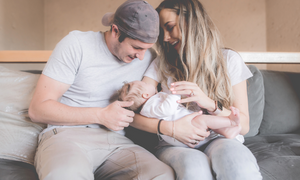What’s the problem?
Protecting our babies’ skin from the sun requires continual energy. Because no matter how much planning we do, it’s impossible to accurately predict the weather and all its changes. The sun’s rays can be particularly damaging to young skin and it’s important to limit any unnecessary sun exposure.
It’s a common practice for parents to cover their baby’s pram with a sheet or wrap to stop the sun from getting to their skin. But instead of this being protective, it can, in fact, cause more harm than good.
A Swedish paediatrician has conducted research showing that the temperature inside a covered pram can exceed safe levels. Instead of keeping the temperature cooler inside the pram, covering can impact on air circulation and increase the temperature to potentially dangerous extremes. Young babies have very limited communication skills and parents may not be aware there are any problems.
Overheating is one of the risk factors for Sudden Infant Death Syndrome, also known as Sudden Unexpected Death in Infancy (SUDI). So apart from just creating an uncomfortable environment, pram covering can also be dangerous.
What are the other issues with pram covering?
- Not being able to see what the baby is doing is a problem. Babies need to be checked on regularly. If they are covered then this creates a barrier to visibility.
- Babies seek interaction and eye contact with their parents, this helps them to feel safe and secure.
- Babies need to be able to see what’s going on around them. Their eyes benefit from focusing on objects and faces near and far. Insulating them from their surroundings doesn’t support their visual development.
- Babies learn how to become social from the way that other people interact with them. If they’re covered then they don’t have a chance to relate to others.
- It’s easy to assume a baby’s quietness means they are asleep. But if they’ve become overheated and unconscious they also become silent.
- Parents can feel a sense of security about their baby being insulated from the sun and stay outdoors longer because of this. Sun exposure is cumulative and it doesn’t take long for skin to be damaged from ultra-violet rays.
How to keep your baby cool
- Dress your baby in cool clothing. Think about what they’ll be comfortable wearing, rather than what makes them look cute.
- Read the labels of the clothing you’re buying. Pure cotton and natural fabrics have more “breathability” and will keep your baby cooler.
- Avoid going out in the hottest part of the day. The sun is at its strongest between 10 am - 3 pm, so stay indoors between these times.
- Place sun shades on the car windows. Babies can have incidental sun exposure when we’re not even aware of it.
- Take your baby out of their pram when you can. Give them some tummy time on a rug in the shade.
- Take an umbrella with you whenever you go out. They are a great option to provide portable sun protection.
- Put a hat on your baby. Avoid caps and small brims which don’t give much sun protection. When buying hats, look for ones which cast a shadow over your baby’s face and neck and right down to their chest level.
- Don’t restrict your baby’s hat options to just one. Keep hats in the car, the house and near doorways so you can easily grab one when going outside.
- Keep in the shade if you need to be out. Look for a big shady tree and use an adjustable pram umbrella which will cast a shadow over your baby’s skin.
- Make sure your baby is well hydrated during the hot summer months. If they’re breastfeeding, offer them extra feeds. Thirst is a very strong motivator for all of us to drink and babies are no exception. On very hot days, formula fed babies may need extra drinks of cooled, boiled water to drink.
- Look after your own skin by wearing a hat, using sun block and avoiding unnecessary sun exposure.
About the Author:
Jane Barry has qualifications in general, paediatric, immunisation, midwifery and child health nursing. She holds a Bachelor Degree in Applied Science (Nursing) and has almost 30 years specialist experience in child health nursing. She is a member of a number of professionally affiliated organisations including AHPRA, The Australasian Medical Writer’s Association, Health Writer Hub and Australian College of Children and Young People’s Nurses.
Our Products
-

01. Guide to a Healthy Pregnancy
$55 -

02. Positive Birthing Course
$55 -

03. Baby Feeding Guide
$55 -

04. Baby Sleep Guide - First 12 Months
$55 -

05. Positive Parenting Course 1 - 3 Years
$55
-
 Is it normal for babies to be noisy?
Is it normal for babies to be noisy?
 Recently we asked Natalie van Winckel, Senior Early Parenting Sleep Consultant and Education Lead from Nourish Baby and Safe Sleep Space, to share her insights into what separates noisy babies from others who are less vocal.
Recently we asked Natalie van Winckel, Senior Early Parenting Sleep Consultant and Education Lead from Nourish Baby and Safe Sleep Space, to share her insights into what separates noisy babies from others who are less vocal. -
 Contraception after birth
Contraception after birth
Most women are fertile two weeks before their period starts. However, breastfeeding can delay the return of periods, making it hard for women to know with any confidence when their ‘fertile window’ may be. This is why some women conceive again before their periods have come back.





 Is it normal for babies to be noisy?
Is it normal for babies to be noisy?
 Contraception after birth
Contraception after birth








